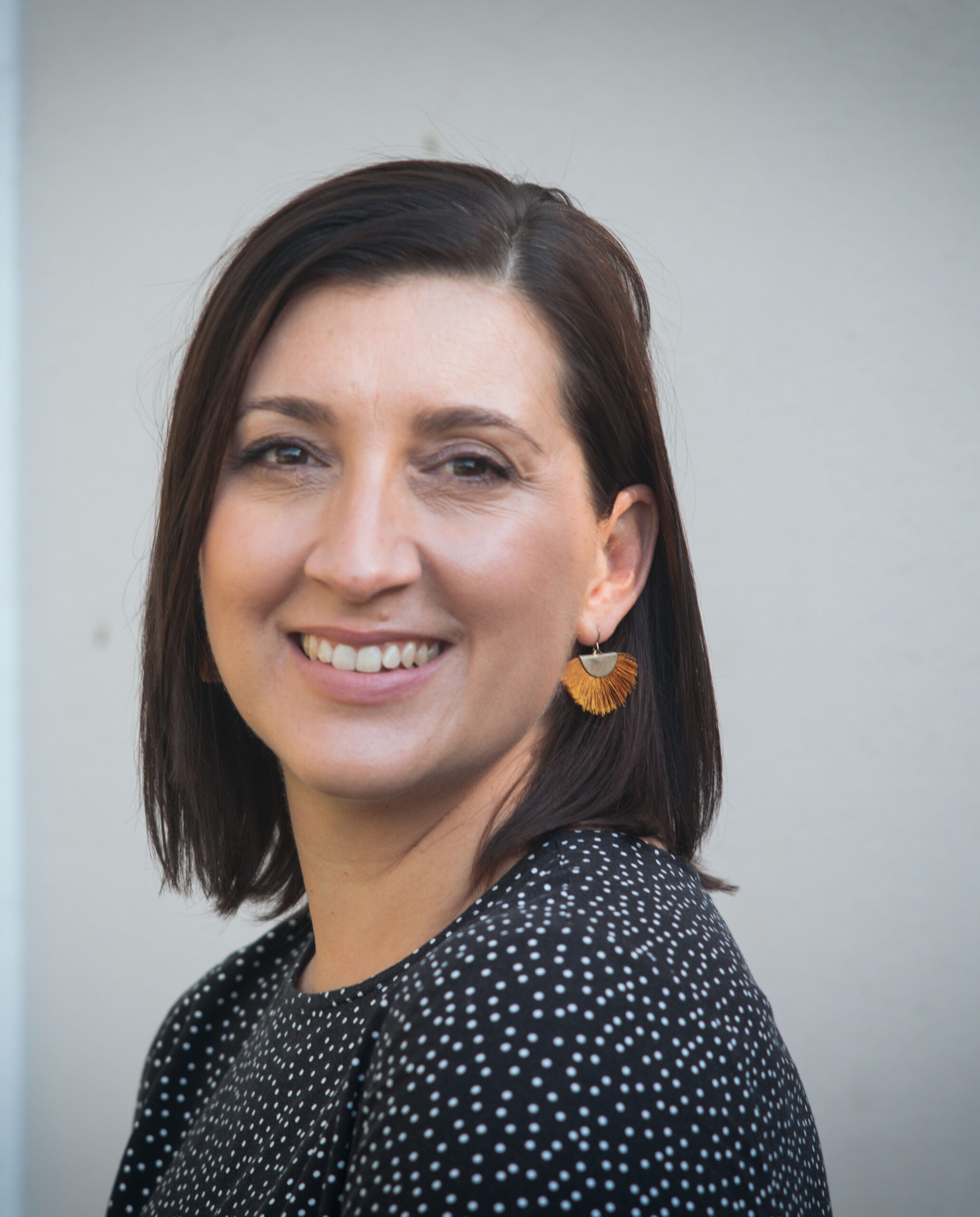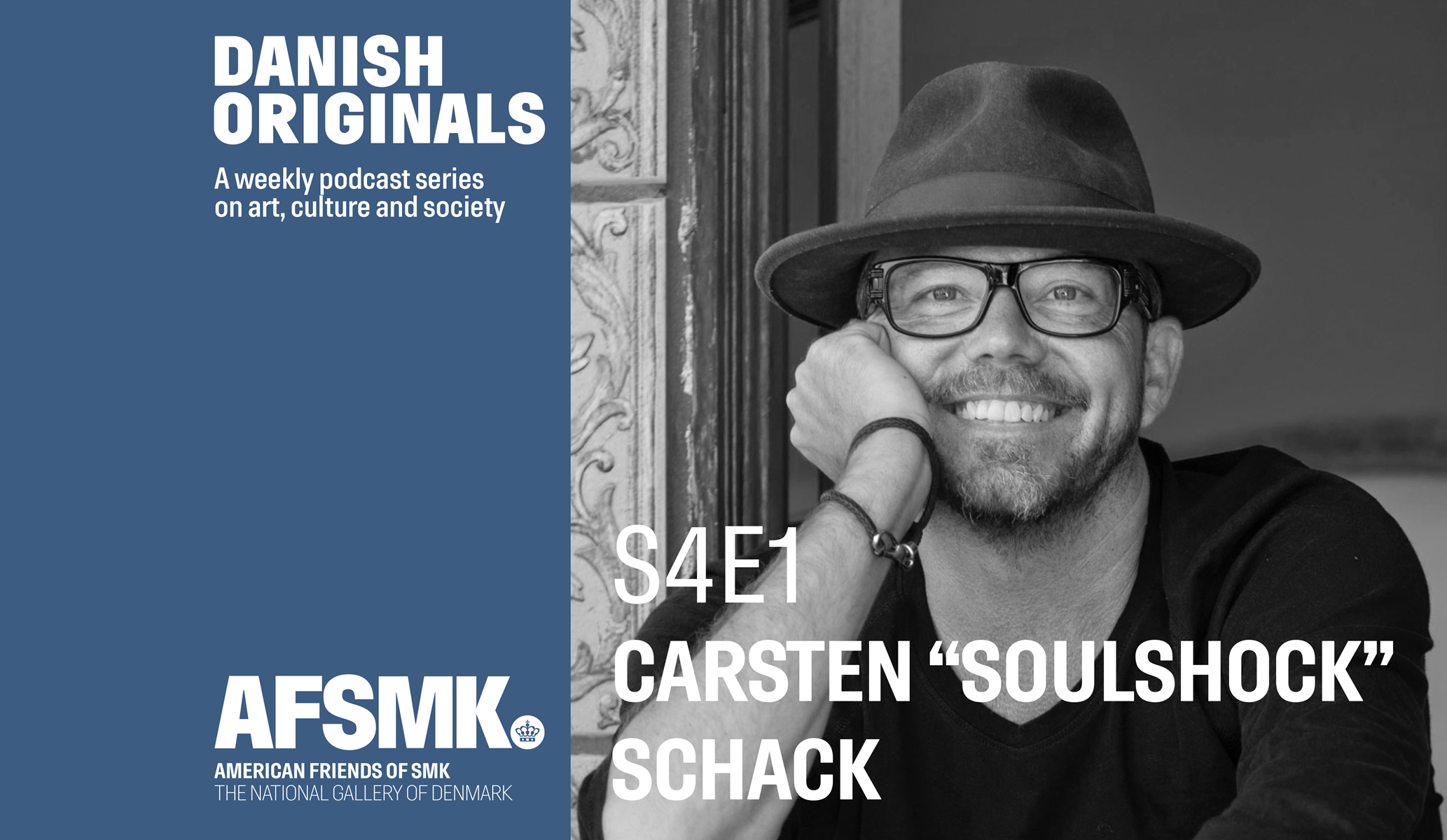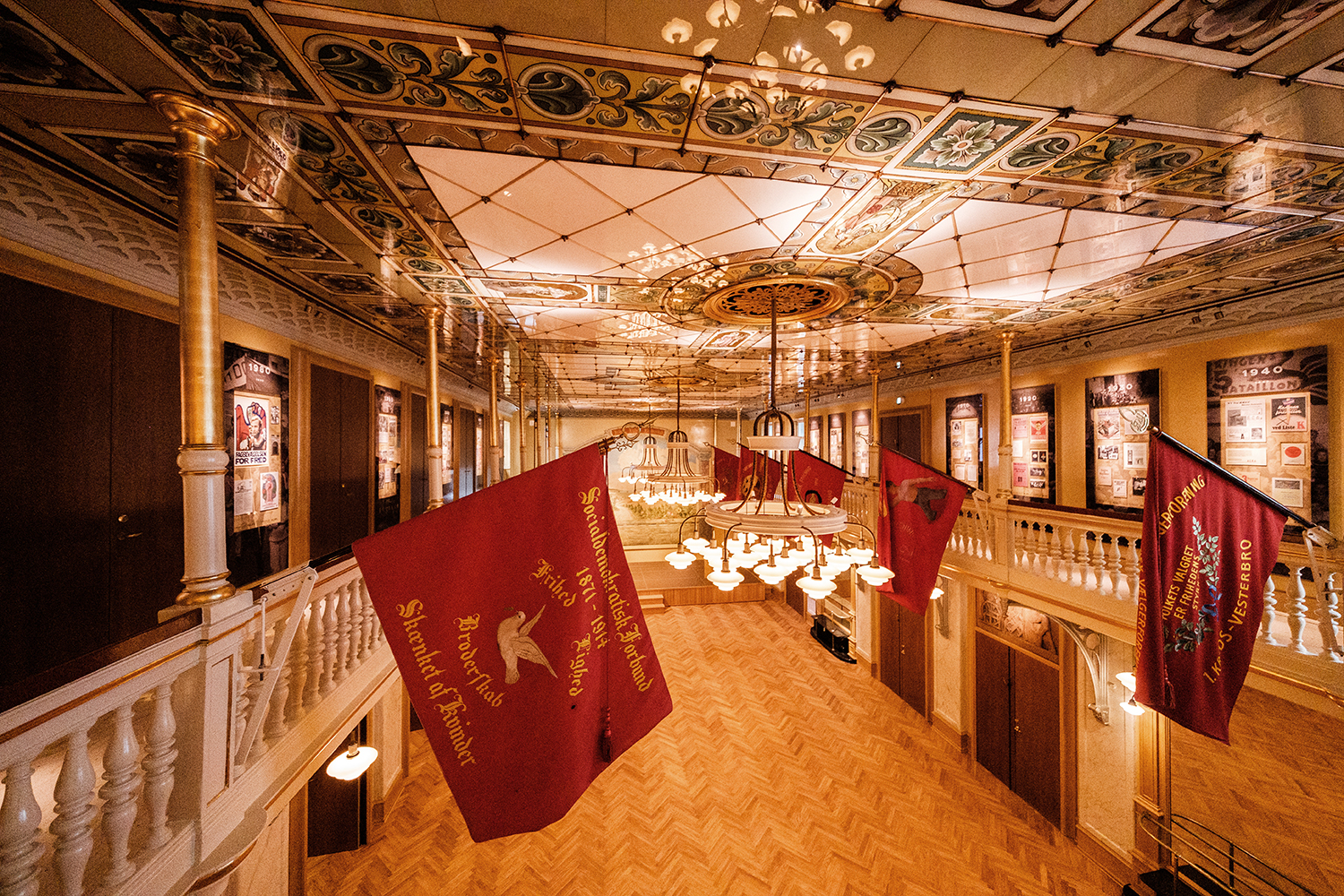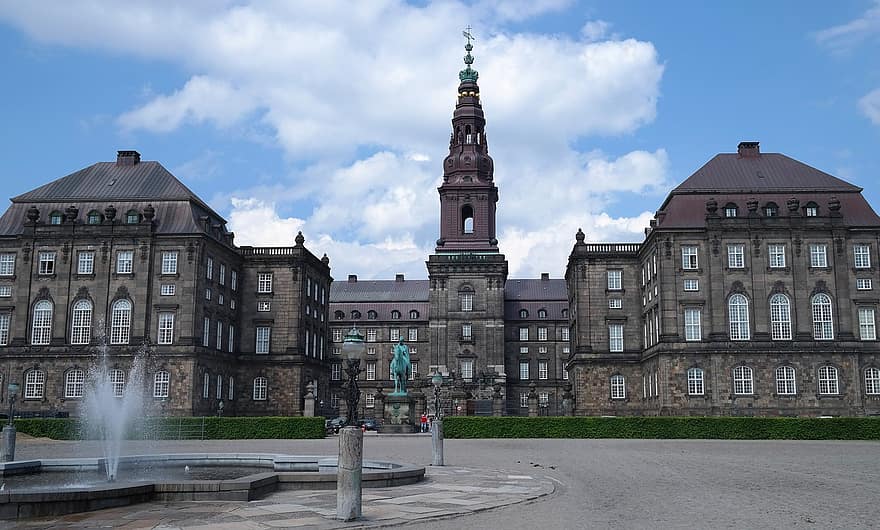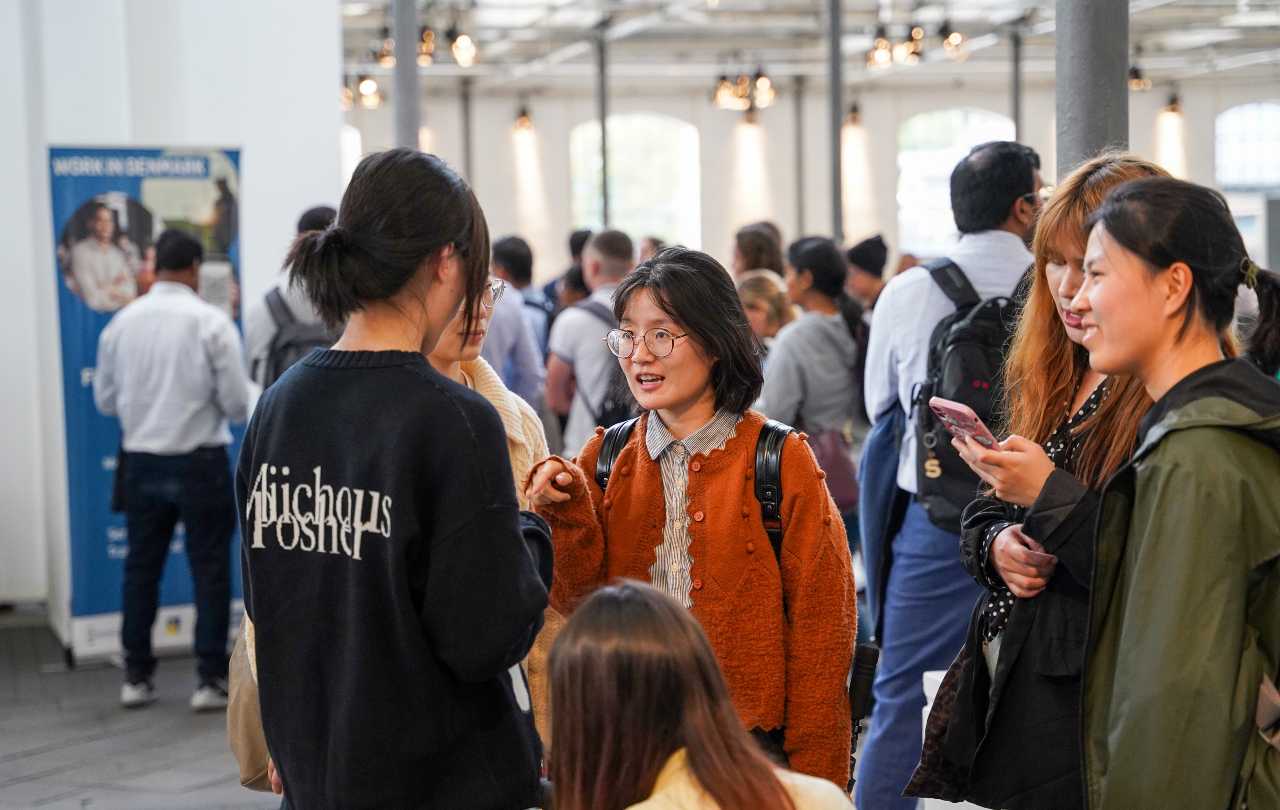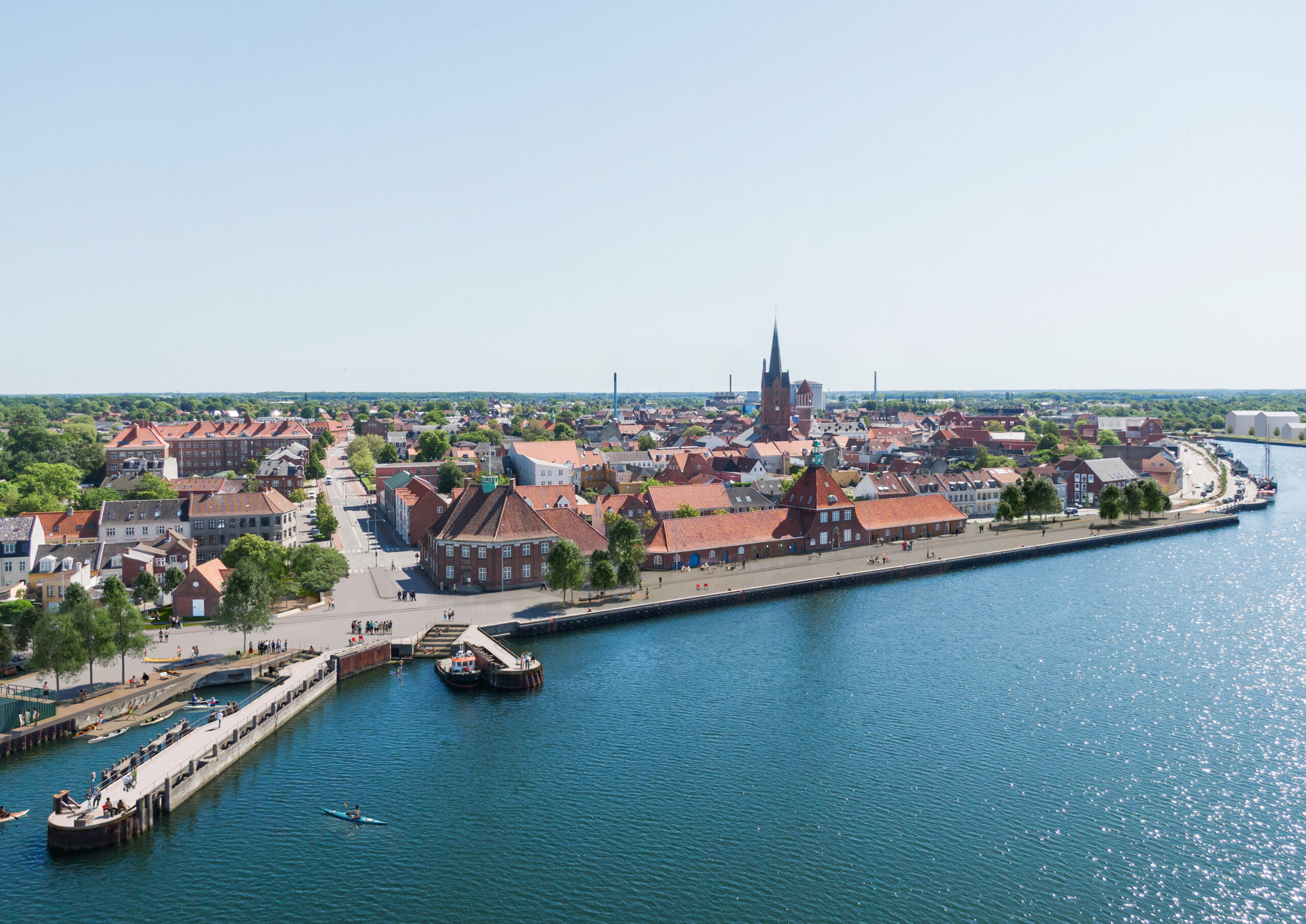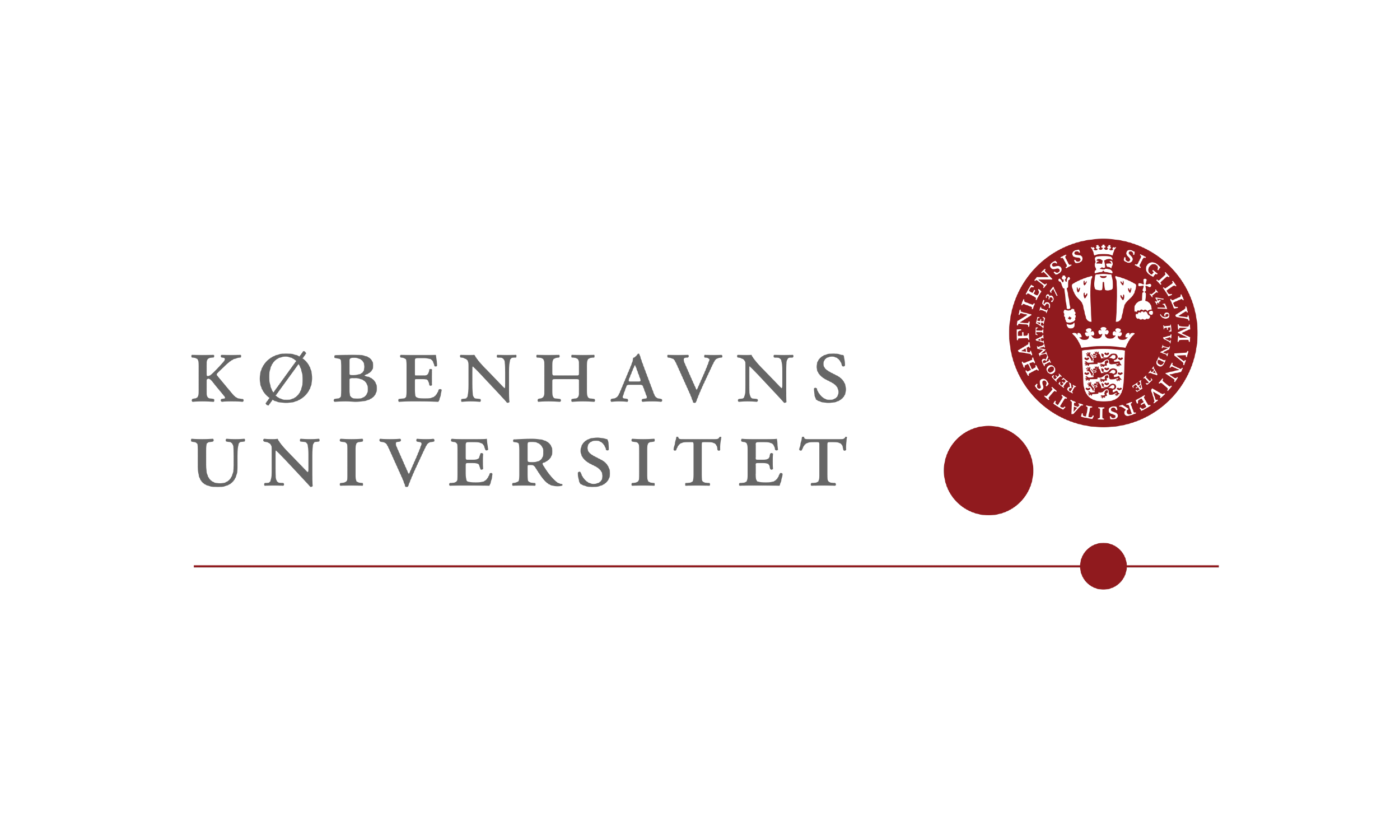The enigma of the planet Mars has been an oft-discussed topic throughout history. NASA landed its robotic planetary rover, Curiosity, on the Red Planet this summer in a bid to collect information from the fourth planet from the sun.
But as of today, that distant and elusive planet comes a little closer to home thanks to the Natural History Museum at Copenhagen University exhibiting a piece of a meteorite that was originally a piece of Mars.
Weighing about 186 grams, the Martian rock is about the size of a child's fist and was part of seven-kilo meteorite, named Tissint, which impacted in southern Morocco in 2011. It was acquired by the Natural History Museum from German meteorite collector Joachim Karl for the price of about 744,000 kroner, a purchase possible thanks in large part to considerable donations by private charities.
“Mars is the only other planet we know of where life may have existed and could possibly continue to exist, and it is the only planet we have samples from,” Henning Haack, a lecturer at the Natural History Museum said. “Despite many space missions to Mars, samples have yet to be brought back and the only material we have to study Mars is from the meteorites.”
Fallen meteorites from Mars are exceptionally rare on Earth, only about two freshly-fallen Mars meteorites are found each century, and most of the large pieces of the 2011 meteorite were quickly obtained by larger museums in the US and Europe.
“It is wonderful that we, as a Danish museum, have such a rare piece of Mars. The meteorite is perfect as an exhibition piece because it’s the real thing and in terms of research it could answer some of the great questions such as whether there was life on Mars,” Haack said.
The meteor piece will exhibited at the Geological Museum from today in connection with Culture Night and the autumn school holidays but will then be moved permanently to the Natural History Museum.



